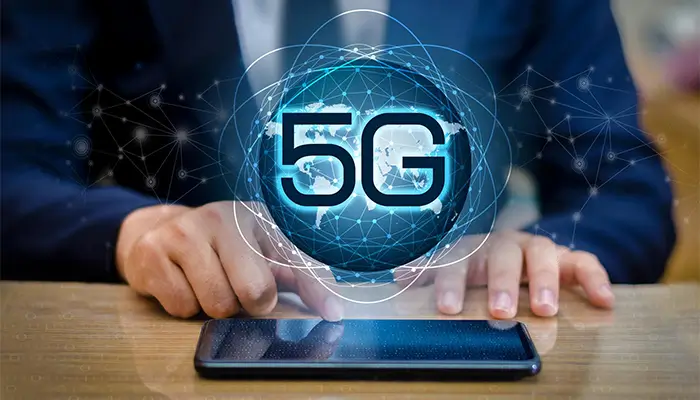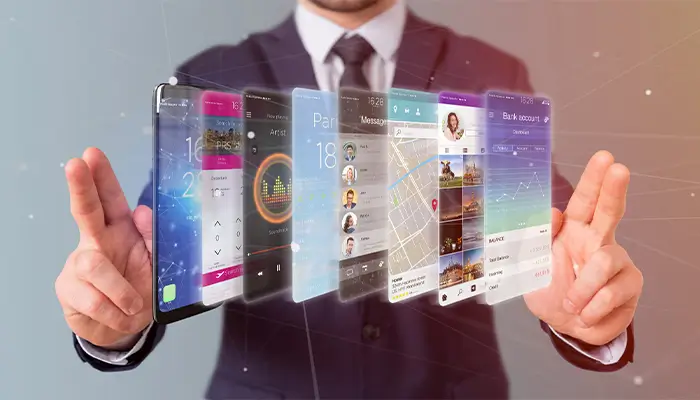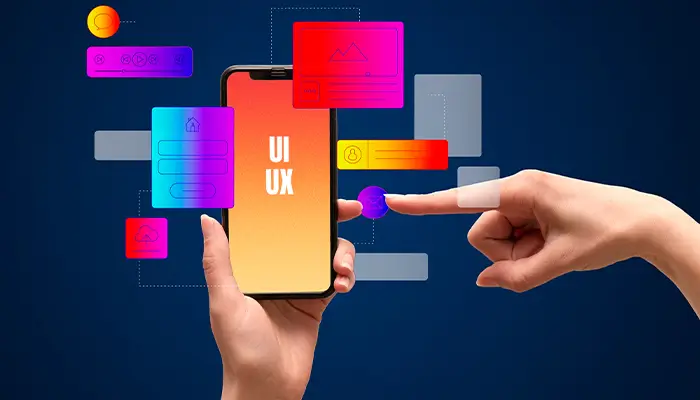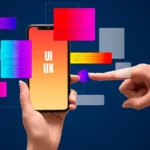
Designing for Thumbs: The New Rules of Mobile UX in 2025
October 10, 2025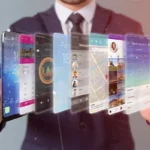
Progressive Web Apps (PWAs): The Future of Mobile Websites in 2025
October 14, 2025Why speed, connectivity and real-time engagement are redefining the customer experience.
The rollout of 5G and the emergence of next-generation mobile networks (6G in early testing) are transforming not just how people connect, but how brands market, advertise and engage their audiences.
By 2025, over 65% of the global population has access to 5G (GSMA Intelligence) and this ultra-fast connectivity is unlocking new opportunities for mobile-first marketing, immersive experiences and data-driven personalization.
Here’s how 5G, and the innovations following it, are reshaping the digital marketing landscape.
-
The Power of Speed: Instant Engagement and Zero Lag
5G networks offer speeds up to 100x faster than 4G, with ultra-low latency (as little as 1 millisecond).
For marketers, this means:
- Faster website loading → improved SEO and user retention.
- Seamless video playback → higher engagement on Reels, Shorts and TikToks.
- Instant ad delivery → no lag between click and conversion.
Stat to Note: Google data shows that a 1-second delay in load time can reduce conversions by up to 20%, meaning 5G literally helps brands sell faster.
With faster speeds, marketers can deliver heavier visuals, interactive product demos and high-quality ads without worrying about performance drops.
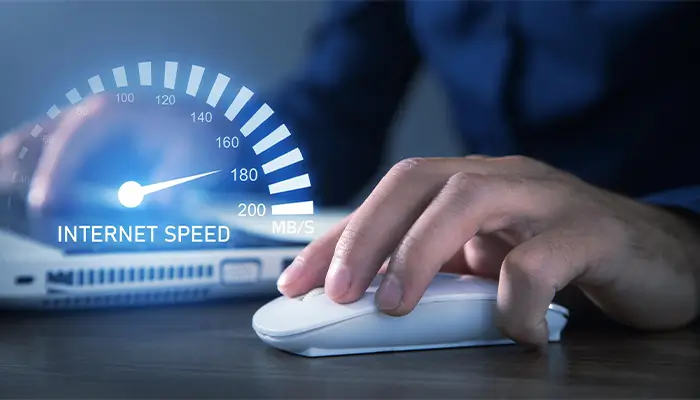
-
Immersive Experiences: AR, VR and Interactive Campaigns
5G’s bandwidth supports augmented reality (AR) and virtual reality (VR) at scale, bringing interactive marketing experiences into the mainstream.
Brands are already experimenting with AR filters, 3D product previews and virtual shopping experiences:
- IKEA lets customers visualize furniture at home with AR.
- L’Oréal uses virtual try-ons powered by AI and AR.
- Nike has begun testing AR-driven “virtual stores” that allow shoppers to browse digitally rendered showrooms.
In 2025, AR ad impressions grew by 38% year-over-year (Statista, 2025), proving that immersive, interactive ads are not just a trend but a conversion tool.
-
Hyper-Personalization in Real Time
5G enables marketers to collect and process user data instantly, paving the way for real-time personalization.
This means:
- Ads that adapt based on your live location.
- Dynamic content that changes based on current user activity.
- Chatbots that respond instantly with AI-powered recommendations.
Tools like Google Ads Performance Max, Meta Advantage+ and Adobe Sensei AI already use 5G-enabled data streams to deliver context-aware, behaviour-driven personalization.
Example: A restaurant can target users walking nearby with instant offers during lunch hours, in real time.
-
Video Marketing Goes Next-Level
With high-speed mobile networks, video content reigns supreme.
5G allows seamless 4K and 8K video streaming, making it easier for marketers to produce and deliver cinematic-quality ads even on mobile.
Short-form videos, interactive livestreams and shoppable video ads are seeing massive engagement boosts.
According to Wyzowl’s 2025 Video Marketing Report, 91% of businesses now use video as a marketing tool, a 14% increase from 2023.
Pro Tip: Optimize video ads for mobile-first platforms like YouTube Shorts, Instagram Reels and TikTok, where 5G ensures smooth playback and instant engagement.
-
Data-Driven Decision Making with Edge Computing
5G also supports edge computing, a system where data is processed closer to the user instead of relying on centralized servers.
This reduces latency and enables faster analytics, helping marketers track campaign performance and user behaviour in real time.
For digital marketing agencies, this means instant insights for ad optimization, A/B testing and conversion tracking, without waiting for delayed reporting.
Example: Retail brands can now track customer movement within stores (via mobile signals) and push personalized offers on the spot.
-
Preparing for the Next Wave: 6G and Beyond
6G, currently in research and testing phases, is expected to roll out around 2030, offering 1,000x faster speeds than 5G.
It will unlock:
- Holographic marketing experiences
- Real-time metaverse commerce
- AI-powered sensory advertising (ads that adapt to environment, sound and emotion)
While 6G is still early, brands investing in 5G strategies now will be better positioned to adopt these next-generation technologies.
Conclusion
5G has changed digital marketing forever, making it faster, smarter and more immersive.
For brands and creatives, it’s not just about delivering messages quickly, it’s about creating real-time, personalized and visually rich experiences that resonate with mobile-first audiences.
In 2025 and beyond, the most successful marketers will be those who design for speed and experience, leveraging 5G not just for reach, but for connection.
If you have any questions regarding “Mobile Networks” feel free to contact us. For inquiries and consultations, call us at: +92 321 4808303 or Email us at: hello@owaisgilani.com.
Disclaimer: The information shared on this website is for educational and informational purposes only and reflects my personal views and experiences. While I strive to provide accurate and helpful content, readers should use their own judgment and consult with a qualified professional before making any decisions based on the information here. I am not responsible for any actions taken based on this content. Feel free to reach out to me if you need clarification or have questions before using any part of this information.
